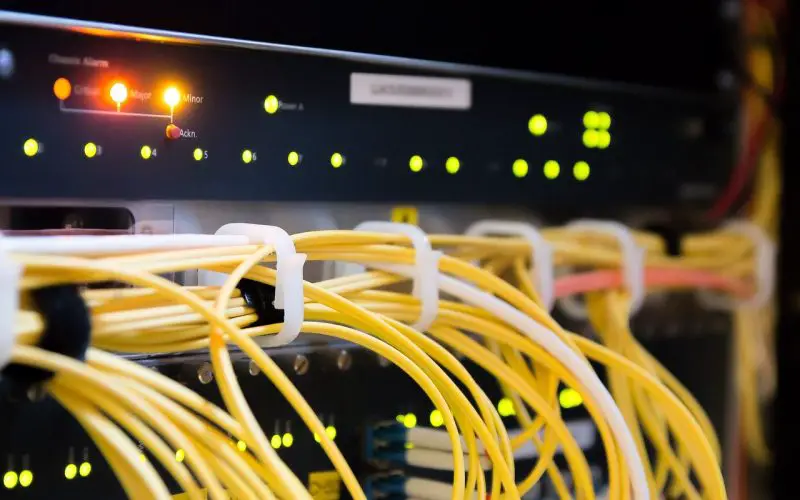
What is Network Sniffing?
Network sniffing is a technique used to identify suspicious traffic. It entails monitoring network traffic using sniffer software, which may be commercial or open-source. This method can monitor the network traffic of any network, ranging from Layer 1 to Layer 7. Sniffers are often run by an employee of a company who wants to watch what their employees are doing. They can look at things like what websites are being visited and for how long, as well as the presence of malware or other viruses. Network sniffing can be done through hardware, software, or both. The hardware or software used…








